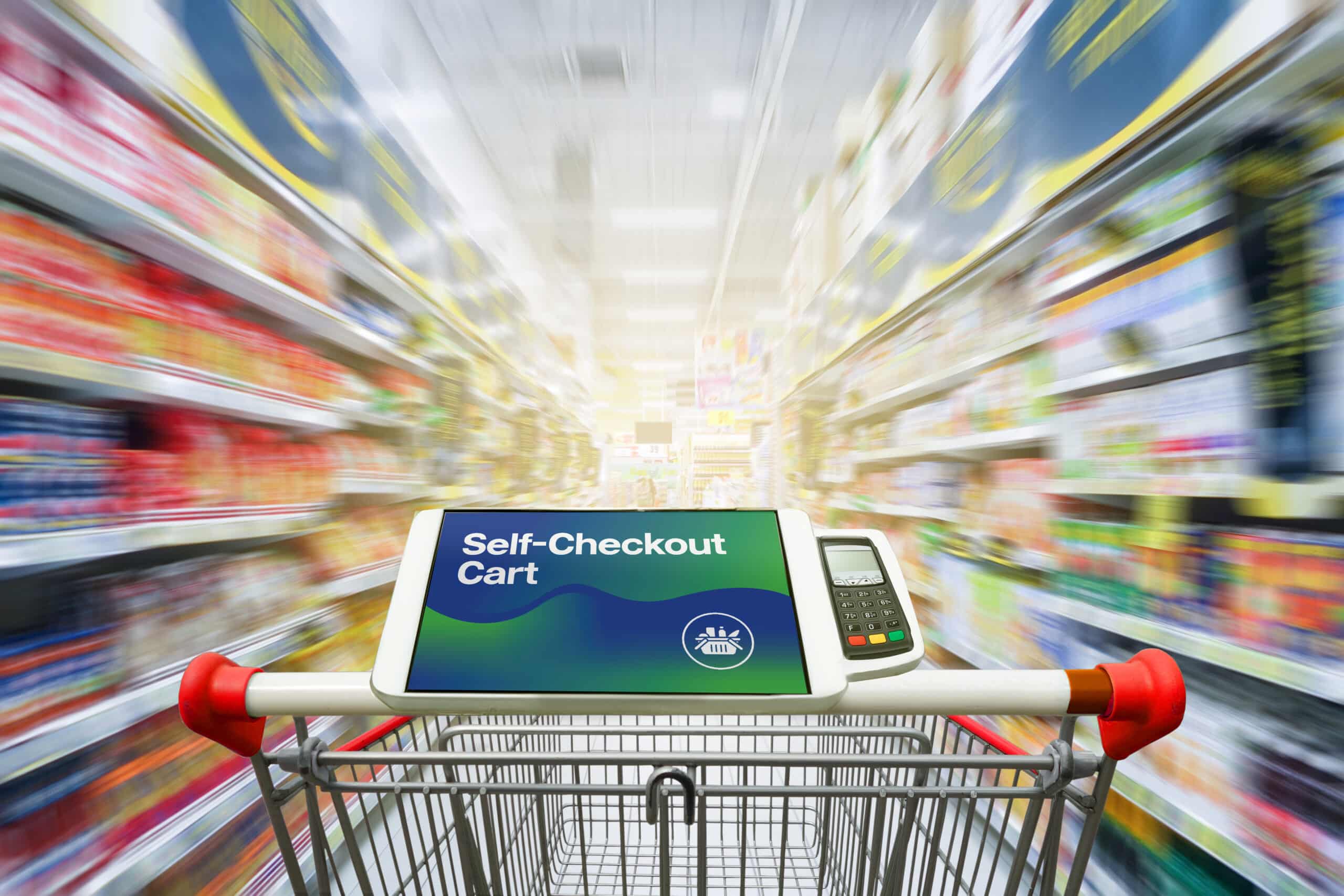In the age of e-commerce giants like Amazon and Alibaba, traditional retailers face significant pressure to stay relevant. Online shopping offers convenience, a wide selection of products and often competitive pricing. However, physical retail is far from obsolete. By enhancing the in-store experience, traditional retailers can differentiate themselves from online competitors and build stronger, more loyal customer relationships. There are several effective strategies that brick-and-mortar retailers can implement to compete more effectively with online merchants, focusing on replicating online conveniences, emphasizing tactile and sensory experiences and utilizing effective in-store engagement tactics.
One of the most effective ways traditional retailers can compete with e-commerce is by bringing the convenience and personalization of online shopping into their stores. This involves leveraging technology to deliver seamless, personalized, and data-driven shopping experiences.
Consumers are used to receiving targeted recommendations when shopping online. Traditional retailers can replicate this by integrating mobile apps into the in-store experience. Retail apps equipped with AI can provide personalized product suggestions based on a shopper’s purchase history, preferences, or even in-store browsing behavior. For example, as customers walk into a store, the app can send push notifications with tailored product recommendations or special offers, enhancing both engagement and satisfaction.
Another way to replicate the online experience in-store is through the use of digital displays. Walmart has successfully implemented this in its apparel sections, using screens to showcase outfit suggestions, product details and even customer reviews. These experiential displays can help guide purchasing decisions, much like an online product page, and create an immersive shopping experience.
While technology is key to competing with online merchants, traditional retailers have the unique advantage of being able to offer sensory experiences that e-commerce simply cannot replicate. The ability to touch, smell and see products in person is a key advantage of physical stores. Retailers can enhance this by creating sensory-rich environments. For example, Trader Joe’s demo stations showcase their latest recipes with products shoppers can buy at that location, as well as taste testing new seasonal products. These sensory experiences tap into customers’ emotions and create a connection with the products, something online shopping cannot achieve.
Retailers like Lidl and TJ Maxx have capitalized on the thrill of the "treasure hunt," where shoppers are encouraged to explore the store to find new, limited time, or deeply discounted items. This creates a sense of excitement and discovery, encouraging frequent visits as customers don't want to miss out on exclusive deals. Online retailers typically don't offer this kind of surprise, making it a powerful tool for in-store engagement.
Beyond replicating online experiences and emphasizing the sensory, traditional retailers can implement specific engagement strategies that offer value-add services and incentives for customers. And, while loyalty programs have long been a staple of retail, integrating in-store exclusive rewards can help drive even stronger traffic. Offering points for in-store purchases, early access to sales, or members-only events encourages shoppers to visit the physical location.
One of the primary advantages of online shopping is the speed and convenience of the checkout process. Retailers can replicate this through frictionless checkout options, such as mobile payments, contactless credit card readers, or even "just walk out" technology, which allows customers to leave the store without standing in line to pay.
A growing number of retailers have adopted drive-up and curbside pickup options to meet the needs of busy consumers. These services combine the convenience of online ordering with the immediacy of in-store shopping. By allowing customers to pick up their orders without entering the store, traditional retailers can appeal to consumers who prioritize speed and convenience while still driving traffic to their physical locations.
Hosting in-store events is another powerful way to differentiate from online competitors. Fitness classes at Lululemon, cooking demonstrations at kitchenware stores, or even live music in a retail space all create a sense of community and give customers a reason to visit the store beyond shopping. These events foster deeper customer engagement and build brand loyalty.
Retailers can take personalization a step further by offering in-store recommendations through apps. By integrating with beacon technology, which tracks customer movements and preferences in-store, apps can suggest complementary products or offer discounts on items the customer has shown interest in. This creates a hyper-personalized shopping experience that rivals the tailored nature of online shopping.
One of the greatest challenges for traditional retailers is competing with the data-driven insights online merchants have readily available. However, by integrating technology into their in-store experiences, retailers can gather valuable customer data, from shopping habits to product preferences. Using this data to refine personalized marketing efforts, loyalty programs and product recommendations allows traditional retailers to build deeper, long-term relationships with their customers.
While online merchants continue to pose a significant challenge to traditional retail, brick-and-mortar stores have unique advantages that, when combined with the right technology and engagement strategies, can make them highly competitive. By replicating the convenience of online shopping, offering sensory-rich experiences and implementing innovative in-store tactics, traditional retailers can not only survive but thrive in an increasingly digital retail landscape. The key lies in creating experiences that customers cannot get online and will drive repeat visits to the store.
The benefits of partnering with SPAR for added shopper engagement include increased sales, better store consistency and improved compliance. This is accomplished through tactical support like installing interactive displays, setting up new tech devices for demos, price audits and corrections and compliance checks. SPAR also helps with strategic initiatives covering brand consistency across stores, supporting store remodels/refreshes, providing data and insights from store visits and, in general, acting as "eyes and ears" for retailers and brands at store level. Click HERE to find out more.
